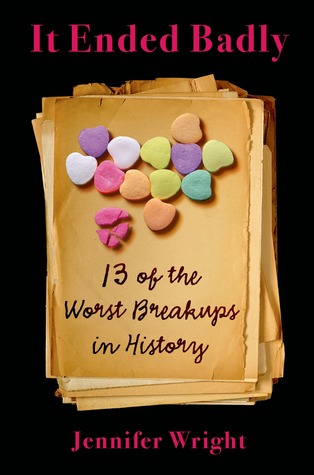Description: Suddenly - tomorrow or the day after - girls find that with a flick of their fingers, they can inflict agonizing pain and even death. With this single twist, the four lives at the heart of Naomi Alderman's extraordinary, visceral novel are utterly transformed, and we look at the world in an entirely new light. What if the power to hurt were in women's hands?
Review: I read
The Power two weeks ago and I am still conflicted about it. There are a few things you should know about the book before deciding to read this book:
Do not read this book for its world building and/or how the women get powers because it is very vague and unclear.
Do not read this book for its characters. While there is a small cast of characters we follow throughout the book, they are not admirable, likable, or even have much character development.
Do read The Power if you are interested in philosophy and gender politics. Reading this book is very much like watching a chess match, watching the players meticulously move their pieces after much thought.
Sometime in the near future, young women discover they have within them the ability to unleash skeins of electrical current that can maim and kill. It is to believed that the power only affects people with the Y chromosome (mostly women but intersex individuals also have a very low form of power too) due to a substance dropped into the water during World War II. The power is triggered in flight or flight situations, but women quickly learn how to release it at will. Soon women begin to use this power to infiltrate and subvert all important institutions such as government and religion. Several women's revolts occur across the world. The first upheavals are in Saudi Arabia and Moldova, places where women have few rights. The woman who rules Bessapara, the first nation of the new world order, is unscrupulous and afraid, and she creates further instability by stripping men in her country of all rights and implicitly threatening world war. Men are now threatened and virtually have no rights. An underground terrorist group composed of men try to "revert back to the old times".
The central question running throughout the book is: what would happen if women ruled the world? Alderman tests her female characters, from various backgrounds and classes, by giving them power and they all abuse it. The book does not have a linear narrative. It is actually told via a male historian with snippets from museums and other artifacts. There is a lot to unpack from this book from it's unique narrative structure to how we define power with male characteristics such as aggression. Along with power, the concept of freedom should also have been explored. I would have loved to learn more about the world building as we are not told when this story takes place, however social media such as Facebook and Reddit are constantly referenced. I would have also loved to see a wider, diverse cast of characters too. The author attempts to take her narrative globally but it only occurs on the book's periphery. What personally bothered me is the author's stereotypical assumptions of "oppressed" Muslim women who spontaneously go from cloaked individuals to being in a "Girls Gone Wild" video.
The Power is a difficult book that will stick with you long after you read it. It is an intense read that I could only read in small snippets. It very much reminded me of
The Handmaid's Tale with its shocking premise, but as it did with the other book, I was left cold and disconnected with its characters.
Rating: 3.5 stars
Words of Caution: There is strong language throughout the novel, scenes of violence such as sexual abuse and graphic depictions of sexual assault. Recommended for mature teens and adults only.
If you like this book try: The Handmaid's Tale by Margaret Atwood,
Future Home of the Living God by Louise Erdrich


















